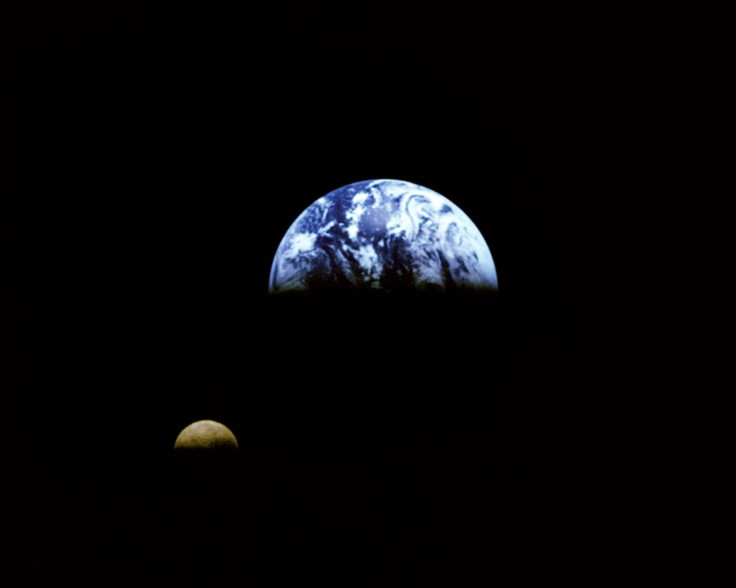The Moon May Have Formed In Just Hours, Researchers Find; Mesmerizing Video Shows How
KEY POINTS
- Researchers used "some of the most detailed" simulations of its kind
- They found a faster formation theory of the Moon
- The simulation shows the event from the impact to the body formation
The Moon is the Earth's ever-trusty companion, but exactly how did it form? A mesmerizing new supercomputer simulation shows that it may have formed in just hours.
Theories suggest that the Moon was created through the collision between the early Earth and a Mars-sized object called Theia, NASA noted in a news release Tuesday. But exactly how the Moon ended up forming has remained elusive.
As the agency explained, one of the mysteries that have stumped the prevailing theories on the Moon's origin is the fact that its composition is quite similar to that of the Earth, implying that the materials that make up its body came from the Earth.
"(S)uch models struggle to explain the similar isotopic compositions of Earth and lunar rocks at the same time as the system's angular momentum, and the details of potential impact scenarios are hotly debated," the researchers wrote in the paper, published Tuesday in The Astrophysical Journal Letters.
For instance, while some theories can explain the composition similarity, they may fall short of explaining the Moon's orbit. On the flip side, others fail to explain the similarities between the Earth and Moon. That is, unless the impactor, Theia, already had a similar composition as the Earth, to begin with. Something that the researchers described to be "unlikely, though perhaps possible."
For the new study, the researchers conducted simulations that are "some of the most detailed of their kind." They found that a "faster, single-stage" theory could explain the Moon's formation while taking into account the "outstanding issues," NASA said.
Interestingly, the new simulation suggests that the Moon formed just hours after the impact. By comparison, other theories suggest that the materials "coalesced" over months or years, according to NASA.
A video shared by the agency shows the rather mesmerizing simulation of the events that could have led to the Moon's formation, from the collision itself to the formation of the two bodies that will end up being the Earth and the Moon.
"This opens up a whole new range of possible starting places for the Moon's evolution," study lead researcher, Jacob Kegerreis of NASA Ames Research Center, said in the news release.
Not only does this shed light on the formation of the Moon, but it also helps scientists understand how the Earth evolved into the unique planet that it is today.
"The more we learn about how the Moon came to be, the more we discover about the evolution of our own Earth," study co-author, Vincent Eke of Durham University, said. "Their histories are intertwined–and could be echoed in the stories of other planets changed by similar or very different collisions."

© Copyright IBTimes 2024. All rights reserved.












